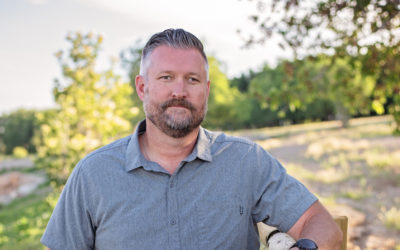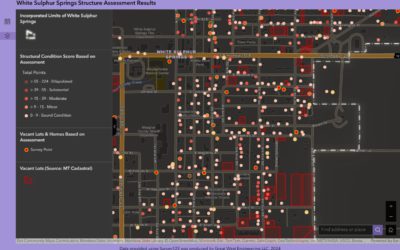Solid waste management planning has been, historically, simply deciding on where to dump garbage in a hole in the ground. Over time, the evolution of waste management has drastically improved, thanks to experience and the implementation of regulations to protect our air, land, surface water, and drinking water. Modern day landfills are a far cry from the dump sites of old. The advent of recycling and composting has helped to shift waste management towards conservation of natural resources. Modern day waste management requires an integrated system approach. However, day to day operational challenges of waste management systems tend to get in the way of planning.
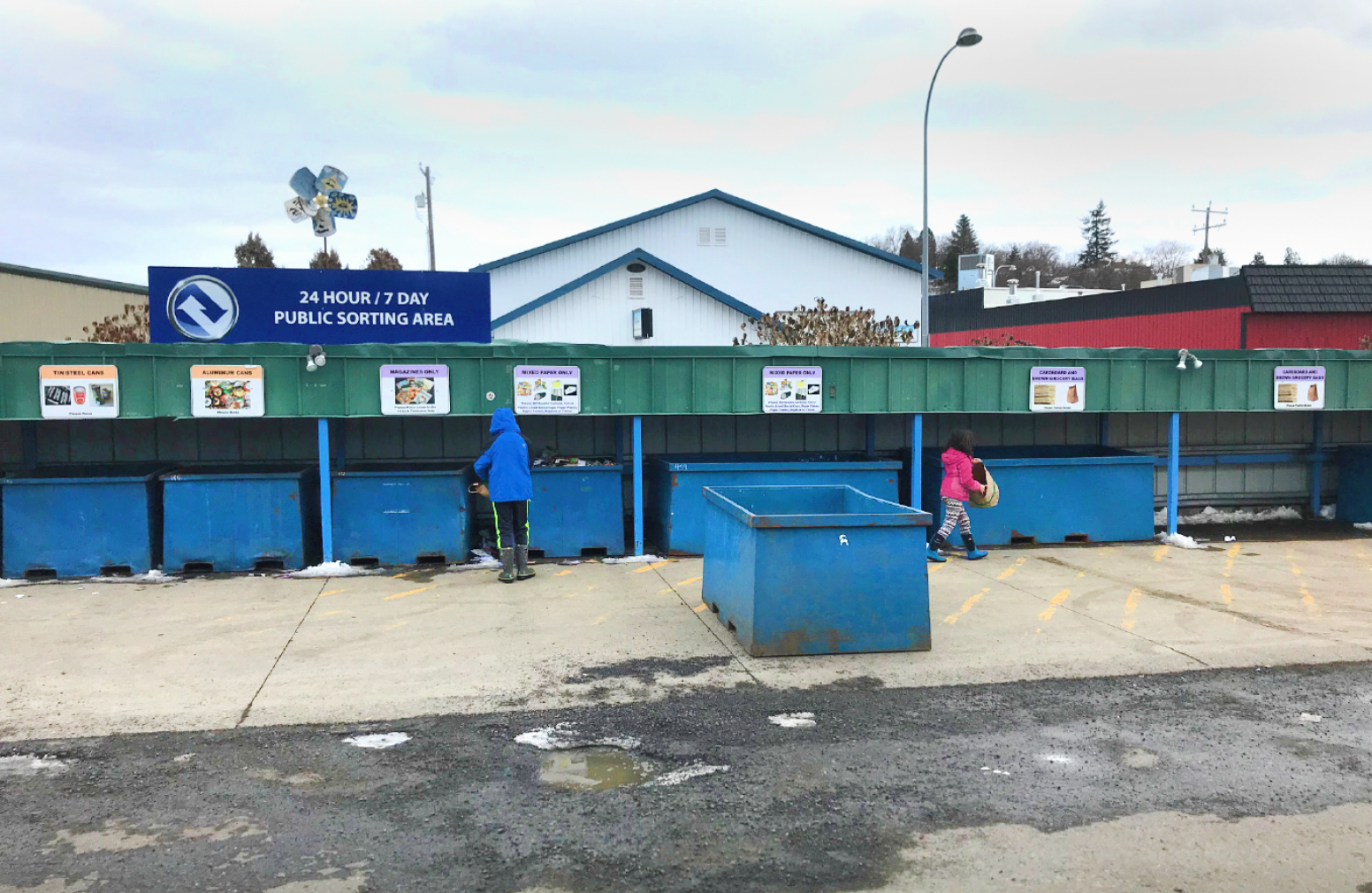
Planned Waste Stream Public Sorting Area
Solid waste management planning allows communities to look ahead at the long-term sustainability of their system. Integrated waste systems, backed by strategic solid waste plans, can bring a community from simply complying with regulations, to proactively protecting their solid waste system, conserve resources, and prolong the lifespan and serviceability of their facilities.
The first step in solid waste management planning is determining the vision for the future for your customers and community. Once the end is in sight, the path to achieve this future vision is laid out. This is where the solid waste management planning comes in. The plan creates actionable steps to implement and fund the programs and facilities both for achieving this future vision and for operating and maintaining the system along the way.
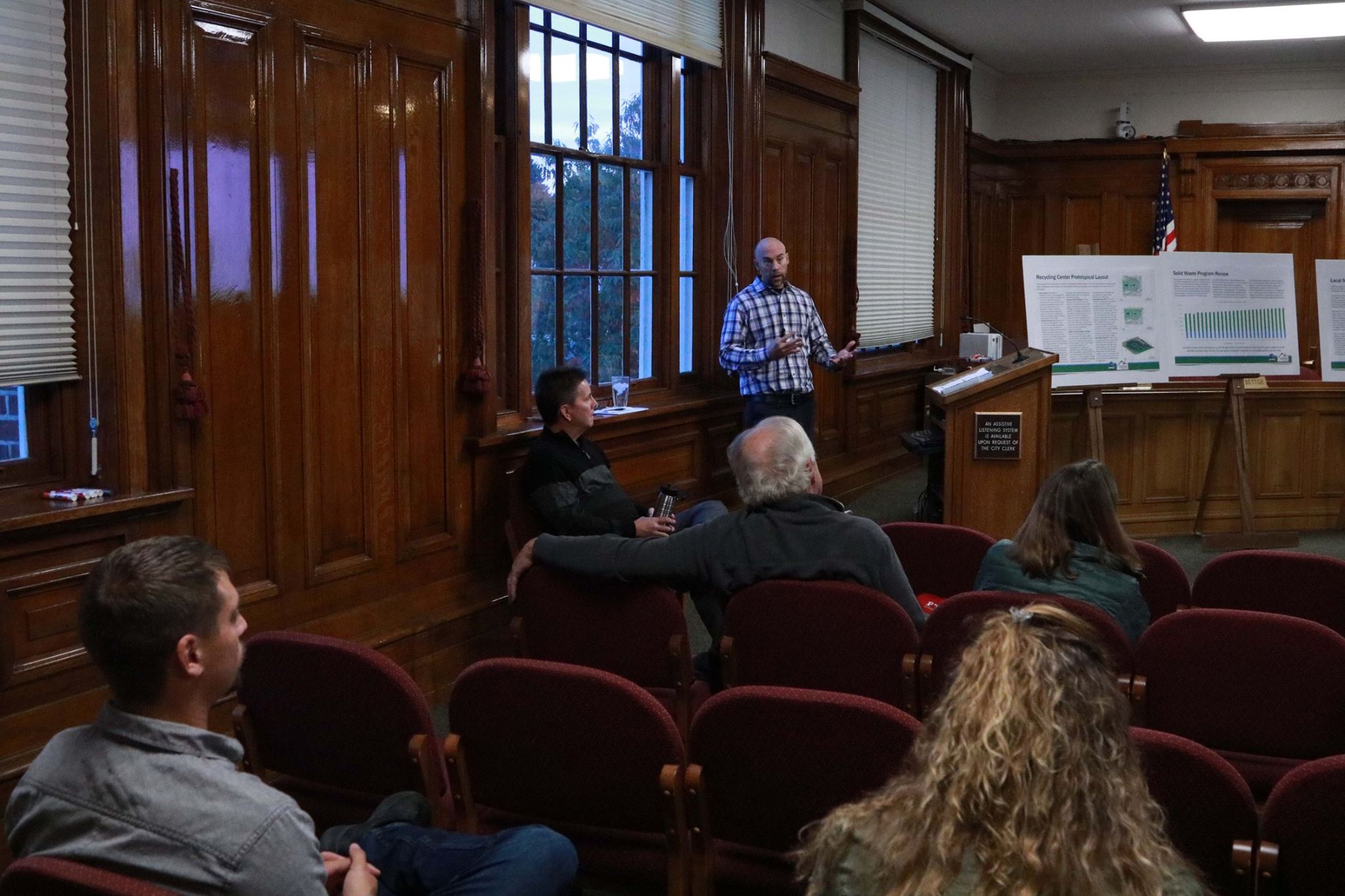
Great West Engineering Leads Solid Waste Planning Session
There are several areas that solid waste planning focuses on including source reduction, recycling and diversion, composting, collections, waste transfer and disposal, emerging technologies and/or disaster debris management. Long and short-term goals for each of these areas can be set in the plan to support the overall vision. However, before laying out these goals, communities will first need to determine a starting point. For example, in the area of recycling, the future vision may be to achieve a recycling rate of 70%. The first step to achieving this goal may be characterizing the current recycling stream composition. This will provide a starting point or baseline, and sets incremental and realistic goals that can be measured toward your ultimate future vision.
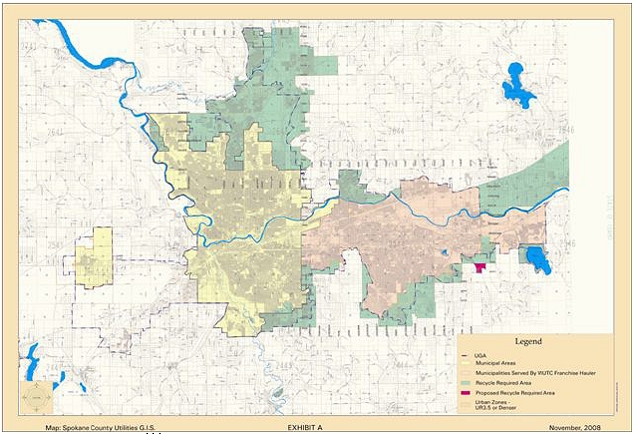
Recycling Location Map Used to Complete Regional Recycling Market Analysis
Once these goals have been established, the real work and detailed planning begins. This is where the “how to” for achieving these goals is decided and put to paper. The focus at this step is to set the short term goals. Decisions are made and details are added to the plan for the needed programs, infrastructure, staff, funding, and collaboration. Examples of the type of details to be added include:
- Capital facilities plans
- Staff time allocation charts
- Rate models
- Regional recycling market analysis
- Life cycle models
- Funding sources
Although the long-term vision is not at the forefront in this short term detailed planning, these beginning steps will lay the framework for the future while focusing time and energy in the near term, where it is most needed.
As Robert Burns wrote, “The best laid plans of mice and men often go awry.” Even the most well thought out plans can go off the rails, especially in the ever-changing world of solid waste. Having a plan that is flexible, easy to use, change, and update is key in the creation of new plans and/or the modernization of existing plans. Having someone on your team that understands the waste management industry with experience in solid waste management planning can help streamline this work to produce a realistic, flexible, and implementable solid waste management plan for you and your community. Have questions or interested in learning more, contact our solid waste team today!
LATEST NEWS
Great West Welcomes Levi Howell
We are pleased to announce that Levi Howell has joined the Great West Engineering team as a Project Manager in our Boise, Idaho office. With over 11 years of experience in civil engineering, Levi specializes in water and wastewater systems, as well as general...
Kasey Ketterling Joins The Great West Engineering Team
We are pleased to announce that Kasey Ketterling has joined the Great West Engineering team in our Boise office. This marks an exciting opportunity for the local office as we continue to grow our municipal expertise by adding an experienced professional engineer and...
Beyond the Blueprint: How GIS Enhances Engineering & Planning Solutions
Geographic Information Systems (GIS) have become an essential tool for communities striving to make smarter, data-driven decisions. From infrastructure planning to public engagement, GIS provides a dynamic way to visualize, analyze, and manage data across a wide range...


